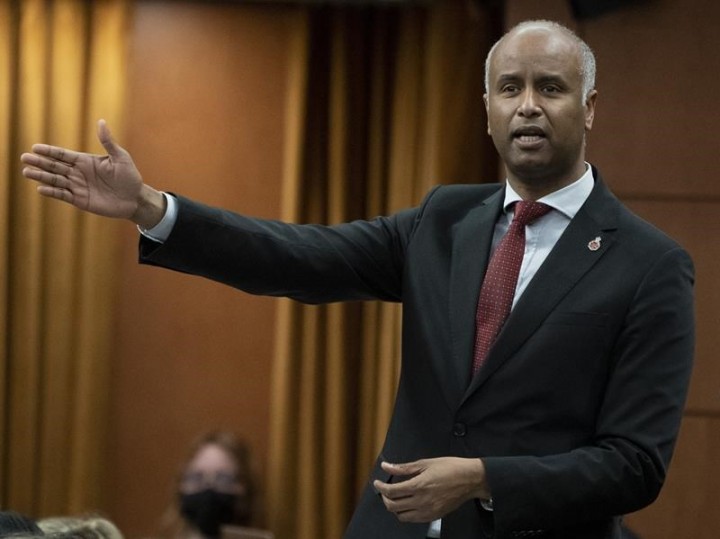TORONTO – The Toronto Raptors kick off the 2024-25 season on Wednesday night when they host the Cleveland Cavaliers at Scotiabank Arena. Here are five things to know ahead of the Raptors’ home opener:
THREE DECADES — It’s the Raptors’ 30th anniversary and the team has plans to celebrate all season, including bringing back their purple jerseys from the mid-1990s. Toronto will also be honouring former players, including Hall of Famer Vince Carter. He’ll be the first-ever player to have his Raptors jersey retired in a ceremony at Scotiabank Arena on Nov. 2.
DEPTH CHART — The Raptors lacked depth to start last season with essentially one player coming off the bench — shooting guard Gary Trent Jr. — with then-rookie swingman Gradey Dick sometimes rotating in too. That short bench was evident with a -4.4 net rating over the season, tied with the San Antonio Spurs for third-worst in the NBA. Net rating is an advanced stat that indicates how much better or worse a team performs on a per-possession basis.
However, a series of trades and four draft picks remade the roster and greatly improved Toronto’s depth.
Point guard Davion Mitchell, power forward Ochai Agbaji and centre Chris Boucher of Montreal will lead the reserves to start the season. All three have serious NBA experience, averaging more than 17 minutes per game in their careers. They’ll be joined on the second unit by centre Kelly Olynyk (back) of Kamloops, B.C., and small forward Bruce Brown (arthroscopic knee surgery) once they’re healthy for a robust veteran bench that can handle big minutes. Ja’Kobe Walter, Toronto’s 19th overall pick in this past summer’s draft, will presumably be Dick’s backup at the two-guard once he’s recovered from a sprained shoulder.
COMMUTERS — Walter was the highest of Toronto’s four picks selected in the 2024 NBA draft in late June. Power forward Jonathan Mogbo (31st), point guard Jamal Shead (45th) and centre Ulrich Chomche (57th) were also selected. Although all four will see some NBA minutes this season — especially Shead, whose dogged defence was a highlight of the Raptors’ pre-season — they’ll also be regulars for the G-League’s Raptors 905 in nearby Mississauga, Ont.
IN-SEASON TOURNAMENT — The Raptors are in Group B for the NBA’s second-annual in-season tournament. They’re grouped with the Milwaukee Bucks, Indiana Pacers, Miami Heat and Detroit Pistons. Toronto’s so-called Cup Nights will begin Nov. 12 in Milwaukee and continue when the Raptors host Detroit on Nov. 15. Their third tournament game will be Nov. 29 in Miami and then their group stage will end Dec. 3 when Indiana visits Scotiabank Arena.
Financial incentive has been added to the NBA Cup playoffs this season, with players on the winning team earning US$514,971 each, while $205,988 goes to each player on the runner-up team. Players who lost in the semis will get $102,994 apiece and players that lose in the quarters will get $51,497.
PORTER SENTENCING — Former Toronto backup centre Jontay Porter will receive face sentencing on Dec. 18 after he pleaded guilty in the summer to a U.S. federal conspiracy crime. Porter, 24, was banned from the NBA after admitting that he helped bettors by intentionally underperforming in games. Prosecutors have estimated that he could be facing a range from just under 3 1/2 years in prison to a little over four years.
This report by The Canadian Press was first published Oct. 22, 2024.
